Ghalamzani (Iran Souvenir)is one of the old handicrafts of Iran, which is in the group of metalworking. Engraving is the equivalent word for Qhalamzani In English. Anyway, it is the art of decorating and carving various patterns and designs on metal objects. The base metal is mainly copper, gold, silver, and brass. They do the engraving with the help of a Qhalam (metal pen) and a hammer.
If you are fascinated by this unique art, join us to learn more about it through this article. You will find out how old this art is and what makes it this spectacular.
The History of Ghalamzani in Iran
The Ghalamzani background is attributed to the time of the Scythians who were of Aryan descent. Hasanlu’s Gold Cup was discovered in 1957. This Ghalamzani work has prominent motifs such as the gods on a chariot. It dates back to the first millennium. Marlik‘s gold cups are also among the engravings of this period.
From the Medes period, which came to power in Iran in the seventh century BC, unfortunately, few engravings have survived.
With the formation of the Achaemenid rule, the art of Ghalamzani also changed and influenced the later period. Achaemenid period is in fact the peak of metalworking. But sadly, due to Alexander’s attack and the burning of Persepolis, many works were destroyed and melted into coins by Alexander’s order.
During the Sassanid period, that is, in the years 224 to 650 AD, the trade between Iran, Greece, and Rome expanded. And for the same reason, Iranian art was influenced by Greek and Roman art. The most common dishes of this period were trays on which the Sassanids engraved images of hunting and royal ceremonies, such as gift-giving ceremonies.
The Art of Ghalamzani in the Post-Islamic Period
In the early Islamic centuries, the Arabs imitated this art from the Sassanid period. And in later centuries, Iranian artists grew interest in religion. So, their love and inclination to Islam gradually led them to use Kufic lines, and verses instead of motifs of indigenous designs and Iranian myths.
Seljuk Period
During the Seljuk period, the art of Ghalamzani, like any other art, was supported and expanded. The creation of Gis-baft (braid) patterns belongs to this era. Gisbaft patterns include lines with harmony, the way braids make you feel. They used them for the decoration of their dishes.
During this period, the Ghalamzani of metals using gold, copper, and silver wires became common. They also used copper wires for Ghalamzani on bronze plates. One of the most beautiful branches of this art in this period was metal lattice works. Seljuk dishes mainly had two characteristics: one was calligraphy of lines and the other was the use of Kufic script in Ghalamzani.
Mongolian Period
Engraving of dishes in the Mongol and Timurid periods continued to mimic the Seljuk period. The use of calligraphy in Qhalamzani became widespread. And many dishes had these decorations on them. With Timur invading Iran, Herat regained its artistic prosperity and became the largest art center of the day. The art of Ghalamzani shone in this city.
Safavid Period
Silver carving on metals reached its peak of prosperity and perfection during the Safavid period (1501-17036). During this period, various types of plates and engraved bowls were common. Throughout this time, gilding was especially popular. They also used Nasta’liq calligraphy in their engravings.
Recommended Tours

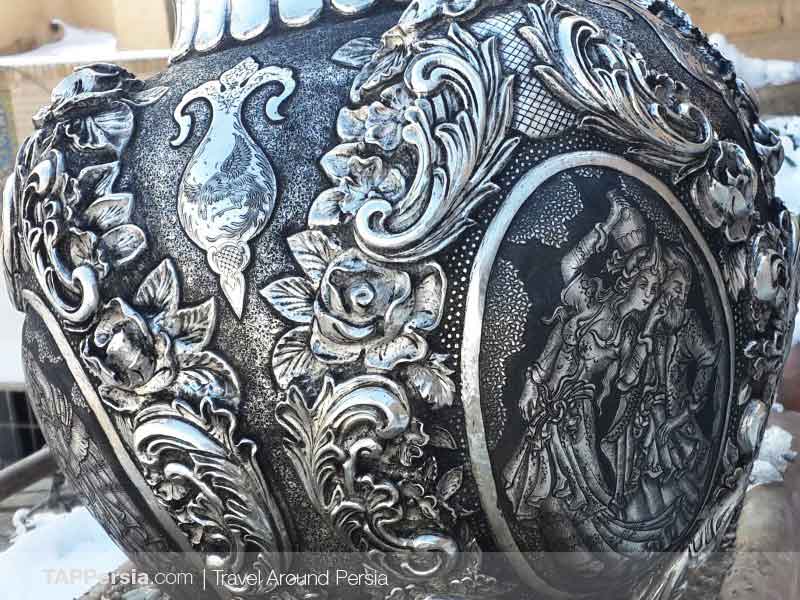
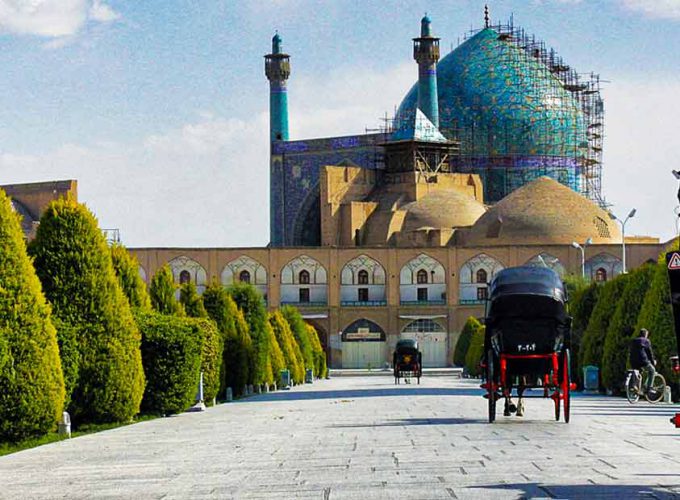
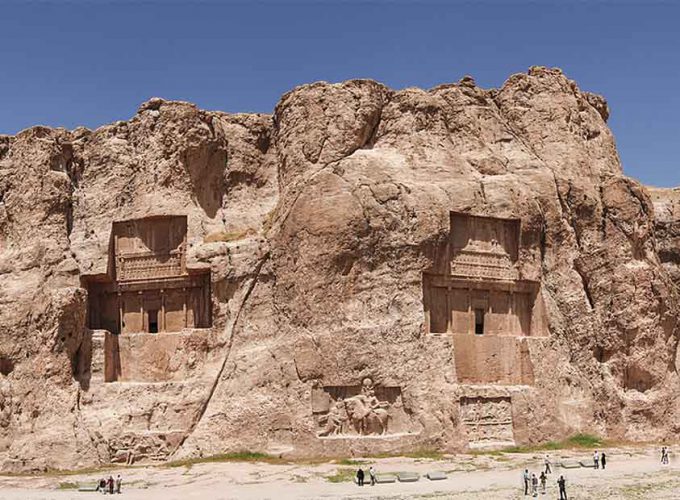

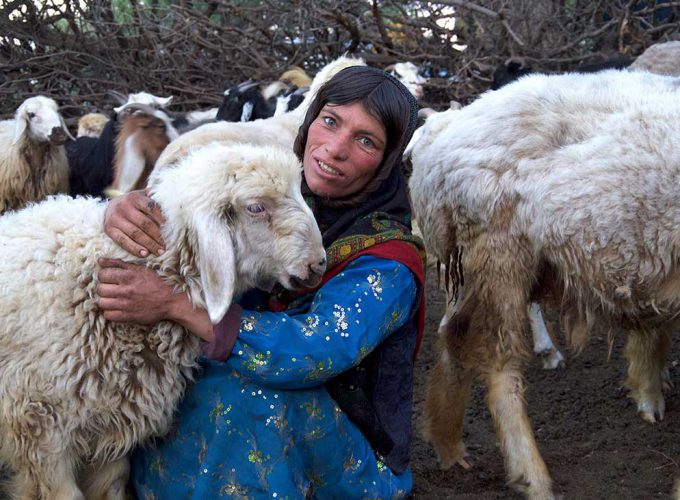

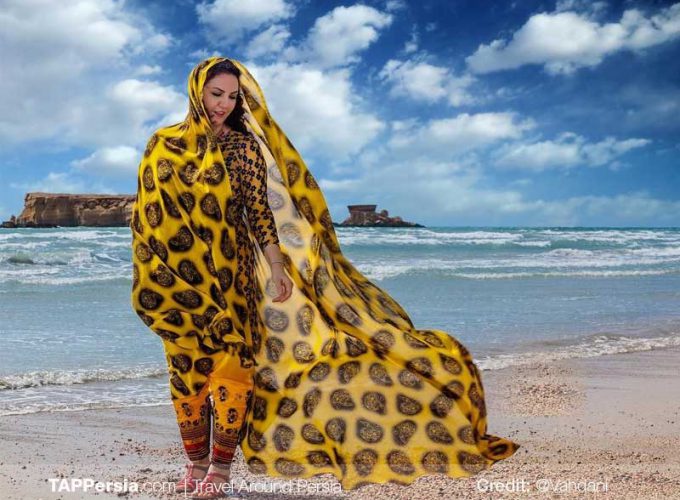


Comment (0)